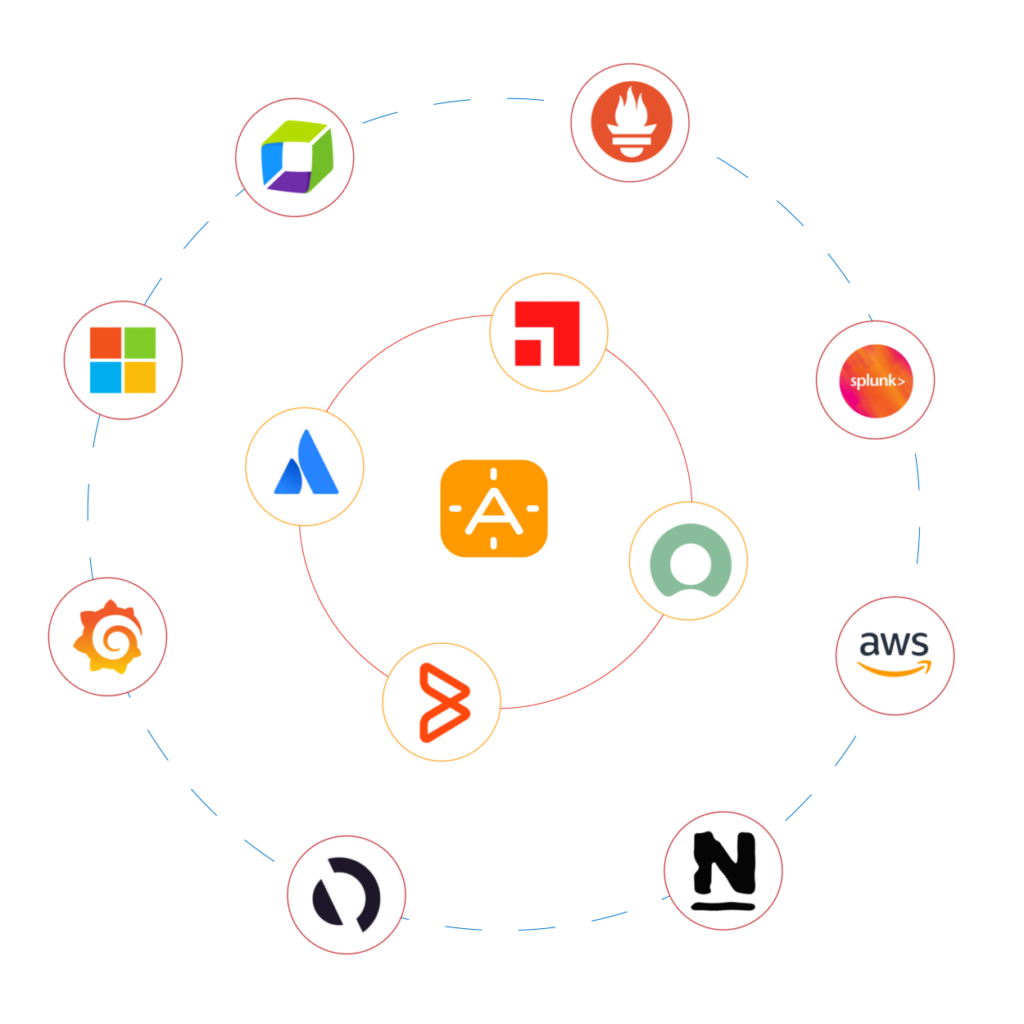Managed service providers (MSPs) require automation, so they can deliver fast, efficient IT services that meet customer expectations. But, MSP automation can be difficult — and the longer it takes an MSP to automate IT service management (ITSM), the further it falls behind its competitors.
Common MSP Automation Challenges
Today’s MSPs face several challenges relative to automation, including:
1. Complex Scripting Language
IT technicians may need to learn a complex scripting language to leverage an ITSM platform. Yet, learning this language often requires significant time, energy, and resources.
2. Lack of Confidence
IT technicians who are unfamiliar with an ITSM platform or are unwilling to learn how to properly leverage will lack confidence in their ability to use it. The result: these techs will struggle to drive MSP automation.
3. Poor Task Management
IT technicians must complete repeatable tasks every day, but they may struggle to distinguish “important” tasks from “urgent” ones. In this instance, IT techs may try to do too much, so they can complete all tasks, as quickly as possible. When this happens, IT techs may ignore fundamental best practices as they perform tasks, which increases the likelihood of errors that can impact both the MSP and its customers.
4. Inability to Manage IT Operations Beyond the Endpoint
Endpoint management is paramount — without it, MSPs lack full visibility into their IT operations. Meanwhile, MSPs may leverage tools that fail to provide endpoint visibility, which hampers their ability to automate these operations.
Why MSPs Need to Prioritize Automation
MSP automation is a difference-maker for service providers, regardless of size or experience. With the ability to automate their IT operations, MSPs in addition can:
1. Overcome an Industry-Wide Skills Shortage
The global IT skill shortage has been an ongoing problem, and it looks likely to continue in the foreseeable future. Thanks to automation, MSPs can upgrade their services without having to hire top talent. MSP automation tools empower service providers to automate common IT operations, enabling their staff to shift their focus to high-value tasks. This enables MSPs to simultaneously bolster their IT operations and overcome an industry-wide skills shortage.
2. Minimize the Risk of Data Breaches
Malware, ransomware, and other MSP cyber attacks are increasing in terms of volume and severity. One of the reasons cybercriminals can penetrate MSPs’ IT systems: service providers’ security software has not updated properly. With automatic security updates in place, MSPs can verify the latest patches have been installed across their IT systems. Therefore minimize the risk of data breaches that can otherwise put MSPs and their customers in danger.
3. Grow Their Revenues
The worldwide managed services market is growing, and organizations can choose from a variety of MSPs to receive managed data center and IT infrastructure services. By leveraging automation tools, MSPs can keep pace in a rapidly expanding managed services market. MSPs can use automation tools to streamline their IT operations and furthermore consistently fulfill customer requests. This can help MSPs distinguish themselves from their rivals and grow their revenues.
Identify the Right MSP Automation Platform
Many MSP automation platforms are available, and service providers should examine their options closely. Ultimately, the right MSP automation platform can help MSPs:
1. Eliminate Repeatable Tasks
An MSP automation platform should provide service providers with insights into their everyday tasks. That way, the platform lets IT technicians see which tasks are repeatable and can be automated. Naturally, the platform empower IT techs to trigger automated tasks based on events. If a high-priority task occurs, the platform should automatically escalate the task and respond appropriately, too.
2. Monitor Customers’ Cloud Networks
An MSP automation platform should allow service providers to monitor and support all of a customers’ cloud-connected devices. In addition, the platform should allow MSPs to seamlessly set up, track, and manage customers’ cloud environments and implement triggers to escalate configuration tasks to quickly approve security patches as needed.
3. Accelerate Alert Response and Remediation
An MSP automation platform should allow MSPs to instantly escalate alerts to ensure that incidents are resolved immediately. The platform should enable IT technicians to establish triggers, so they can send layered alerts to relevant stakeholders. IT techs should also be able to use the platform to create and escalate alert tickets, so they can keep the lines of communication open until an incident is resolved.
Why MSPs Should Choose AlertOps for Automation
AlertOps offers a major incident management platform designed to help MSPs drive automation. Our platform works in combination with PSA Tools like ConnectWise Manage to help MSPs:
- Automate the service ticket lifecycle
- Send alerts via email, text message, phone call, and other communication methods
- Escalate alerts automatically until they have been acknowledged or closed
- Establish policies based on SLAs and trigger workflow escalations accordingly
- Use the ConnectWise Manage API to build custom automations
Together, AlertOps and PSA Tools help MSPs automate incident response and remediation and bolster their IT operations.




